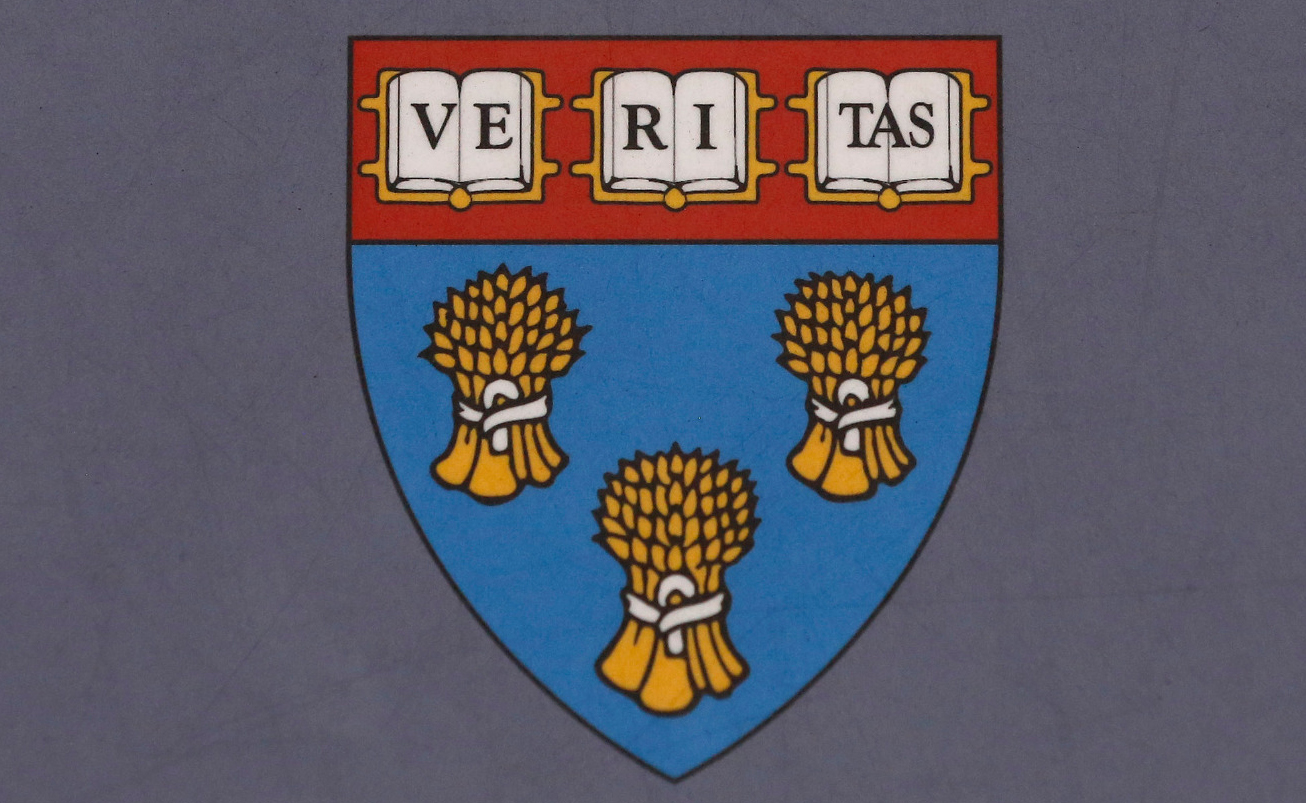Harvard Law School Shears Its Shield
March 7, 2016
After months of study, a Harvard Law School committee recommended to Dean Martha Minow on March 3 that the School jettison a shield it has used for 80 years because it is based on the crest of a slave-holding family that helped prompt the School’s establishment. Dean Minow has endorsed the recommendation, which can be acted on only by the Harvard Corporation, the university’s governing body.
This call for scrapping the shield, widely anticipated, is part of a burgeoning movement to eliminate honorific symbols (and words and names) that offend because they are linked to odious practices of earlier generations, like slavery. The most celebrated recent example of cutting symbolic ties to a disreputable past is probably South Carolina’s lowering of the Confederate flag last July from its Capitol grounds. But unlike Harvard’s decision in late February to change the title of house master, this change, if made, is rooted in a desire to rid the School of a direct connection to the actual evil.
The law school shield contains three sheaves of wheat that were part of the bookplate of Isaac Royall Sr., an 18th century Massachusetts farmer whose lands were worked by slaves (“enslaved persons,” in the committee report’s words). Royall also owned a sugar plantation in Antigua, also worked by slave labor. When he died in 1739, his son, Isaac Royall Jr. inherited the estates; in turn, Isaac Jr. at his death in 1781 left a thousand acres to Harvard College, to establish either a professorship in law or in medicine, at the discretion of the Corporation. It waited until 1815 to endow the Royall Professorship of Law, at first only as a part-time position. Two years later, the Corporation created a “law department” within the university. The Royall bequest did not establish the law school. Rather, it helped support law lectures. As the report notes: “the endowment that supported the part-time Royall Professor who then created the Law Department derived from the sale of land that had been purchased by a slave-owner from wealth accumulated from slave labor.”
The shield was designed in 1936 by an alumnus of the College to celebrate Harvard’s tercentenary. Casting about for some connection to the founding moment, the designer settled on the wheat image in Royall’s bookplate, “a common element of heraldric devices.” The report expresses doubt that either the designer or the Corporation members were aware of the family’s connection to slavery. The shield itself took a long while to catch on. The report claims that “Law School class reports began using the shield in the early 1960s and have used it since.” But it does not appear on the class reports of the Class of 1967 (my class) until the 20th-year report in 1987 (our earlier class reports featured a crest showing simply the word “veritas” in three separated syllables).
The Committee and the Dean recognized, rightly, that there is no obvious answer to whether the wheat symbol should be abandoned. Assuming, as is almost certainly the case, that the symbol was not chosen because of its connection to slavery (indeed, the evidence suggests that the designer knew nothing of the Royall family’s history), its vulnerability can stem only from a present understanding of such a link. The symbol itself is not problematic, unlike a straightforwardly racist image such as a burning cross or a swastika. It is also unlike a place name that has become offensive, such as “Negro Heads,” a rock formation in the Long Island Sound near Branford, Connecticut, that bears that moniker on nautical charts and other maps. It does not carry the name of someone now reviled for his support of slavery, like John C. Calhoun, for whom a Yale College was named and the removal of which is now being debated.
The objection is simply that it has now become known that the symbol was borrowed from someone with a direct link to a reviled institution and to the law school. As the Committee report put it: “Isaac Royall, Jr., lived and died an owner of slaves, from whose labor he accumulated significant wealth, a portion of which he gave to Harvard. That is the relevant connection.” No one has a right to be honored, and the living generation must always make the choice for itself. Acknowledging “the disappointment it will cause fellow members of the Law School community for whom the shield invokes not Isaac Royall and his slaves but rather the institution they are proud to be part of,” the Committee unblinkingly heeded the voices for change: “We cannot unsee what we now know, nor should we. The Law School would not today honor Isaac Royall and his bequest by taking his crest as its official symbol.”
This was an easier case than many that may seem to be like it. It does not follow that stripping the wheat from the shield entails taking down the names of others, such as George Washington and Thomas Jefferson. They had “moral feet of clay as slave-owners,” the Committee agreed, but they also “have independent claims on history, for which they are rightly honored.” Complications in other situations of names linked to the past were absent here, as Dean Minow noted:
First, the shield is a symbol whose primary purpose is to identify and express who we mean to be. Second, it is not an anchoring part of our history: it was created in 1936 for a University celebration, used occasionally for decades and used more commonly only recently, and does not extend back to the origin of the School or even much beyond recent memory. Third, there is no donor whose intent would be undermined; the shield itself involves no resources entrusted in our care.
The Committee’s decision was not unanimous. My former colleague, Professor Annette Gordon-Reed, on behalf of herself and a student committee member, powerfully dissented, arguing in essence that it is an important value in itself to keep alive the memory of those whose forced labor created the resources for Royall to donate:
“Keep alive” means to be unrelentingly frank and open with the whole world, now and into the future, about an important thing that went into making this institution. Maintaining the current shield, and tying it to a historically sound interpretive narrative about it, would be the most honest and forthright way to insure that the true story of our origins, and connection to the people whom we should see as our progenitors (the enslaved people at Royall’s plantations, not Isaac Royall), is not lost.
But as she acknowledged, hers is a minority view. The other Committee members opted for “better ways to engage the past and its legacy in the present than by retaining a symbol that so many members of the community reject.” What those ways are the Committee left undiscussed.
The Harvard Law School shield case is only one among many, and it’s unlikely to prove a bellwether for the many variants of the problem yet to surface. But I for one hope that the civil tone of the report and the dissent, respectful of each other and their values, including those of other dissenting constituencies, will serve as a strong precedent for how to converse in the coming debates on similar issues across the country.
Including, perhaps, back at the law school. Left unmentioned in the report was the fate, evidently not part of the Committee’s charge, of the name of the Royall Professorship (a holder of which was a member of the Committee). If a symbol from Royall’s bookplate merits a heave-ho, should the blatancy of his name survive?
Addendum: On March 14 the Harvard Corporation approved the recommendation to scrap the law school’s shield. A new crest is in the works.
Your email will not be posted on the site if you make a comment.


